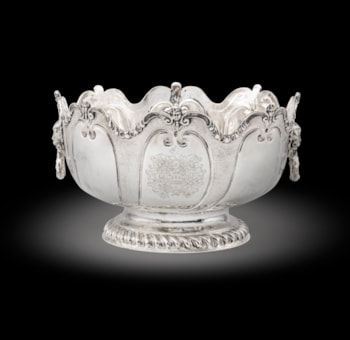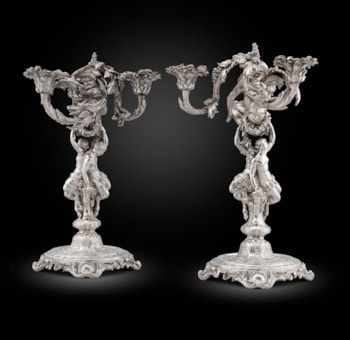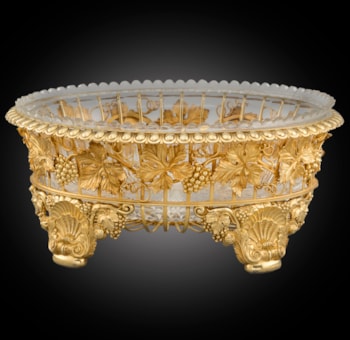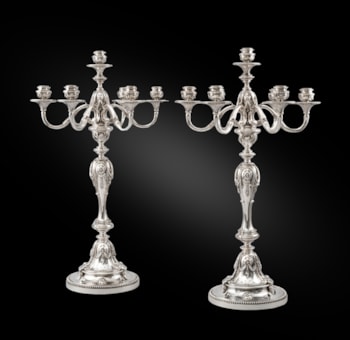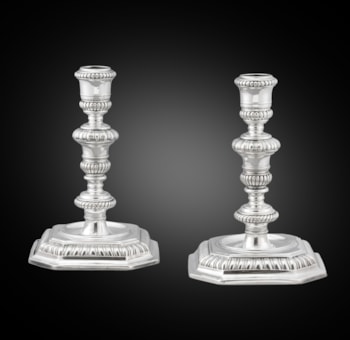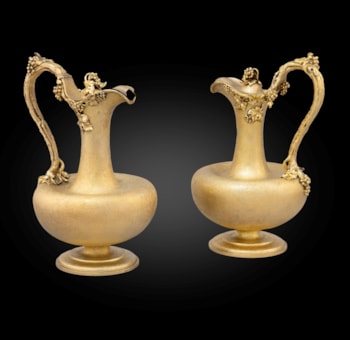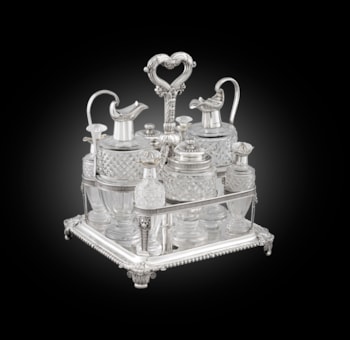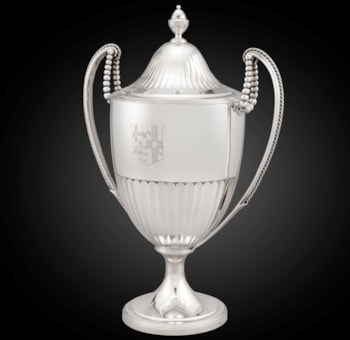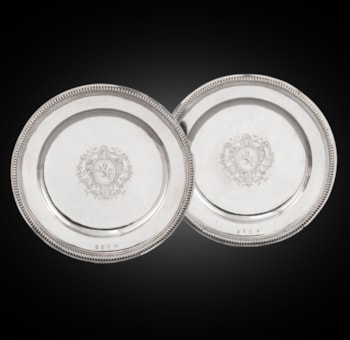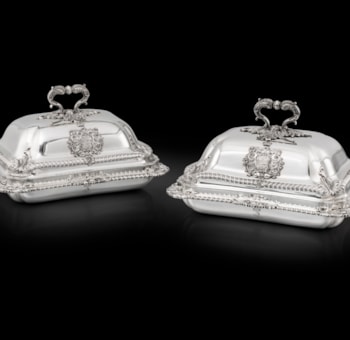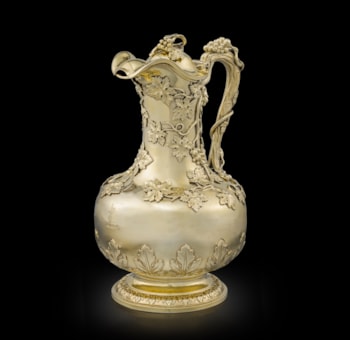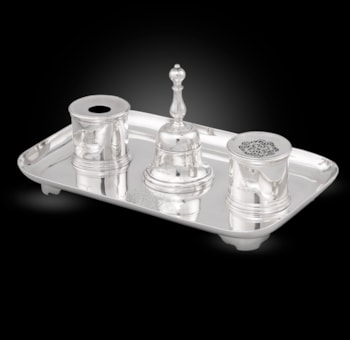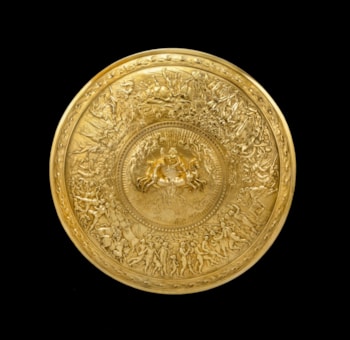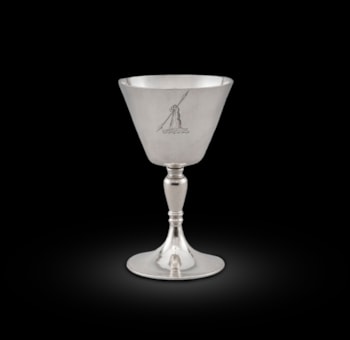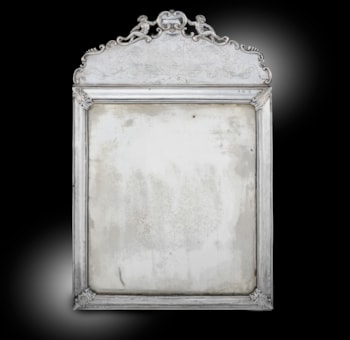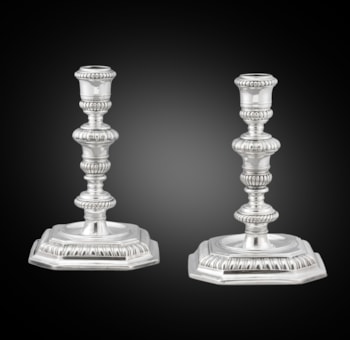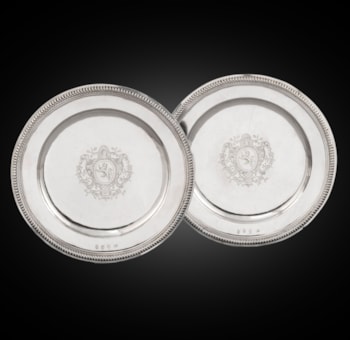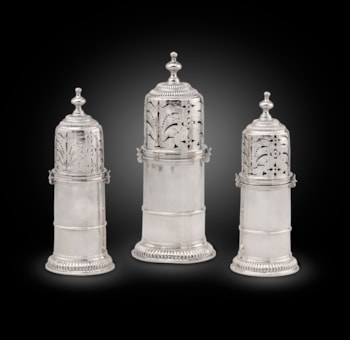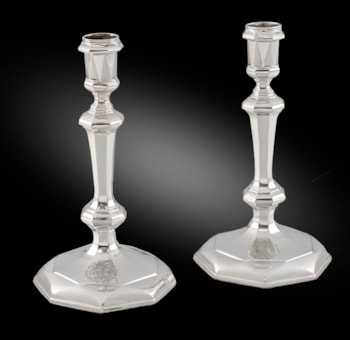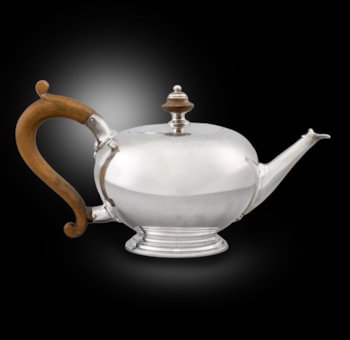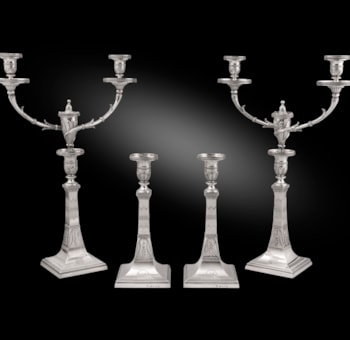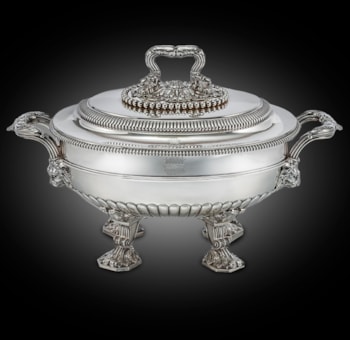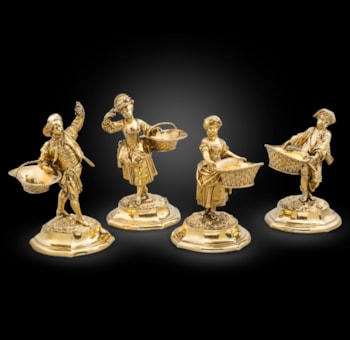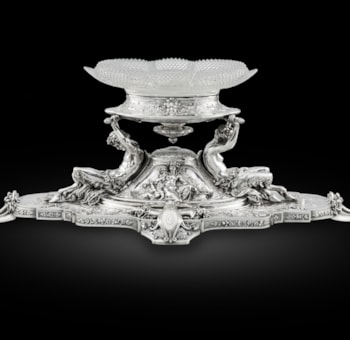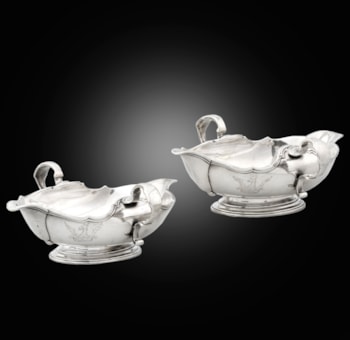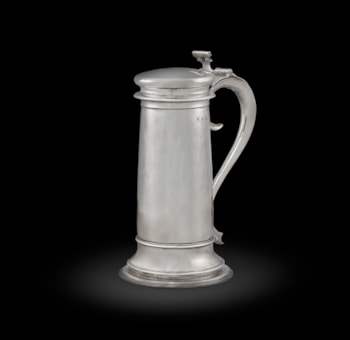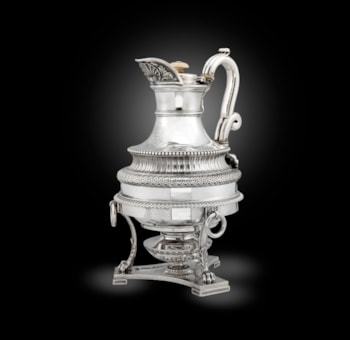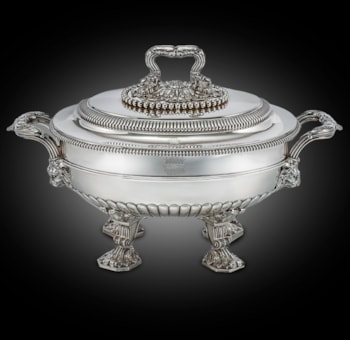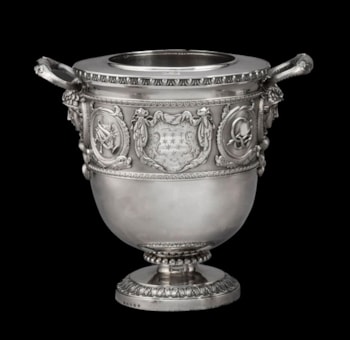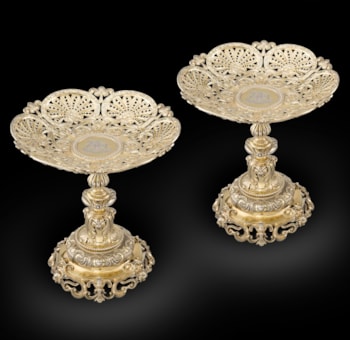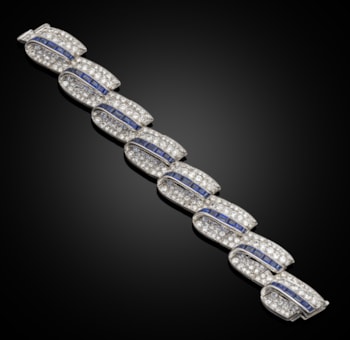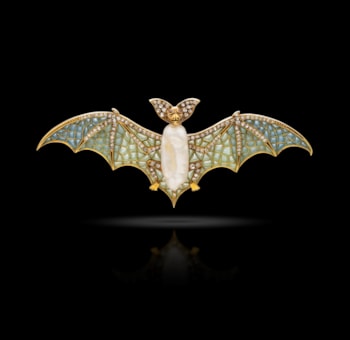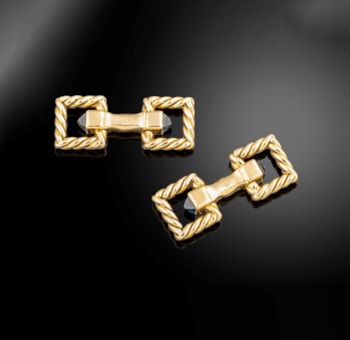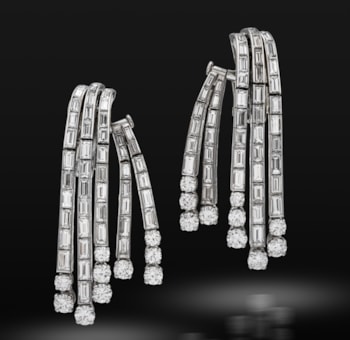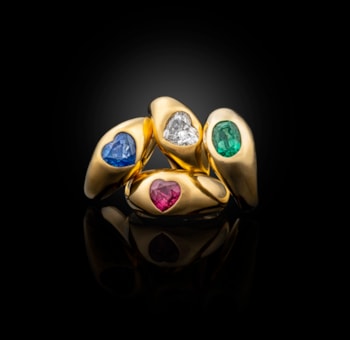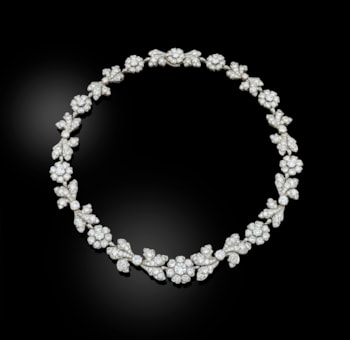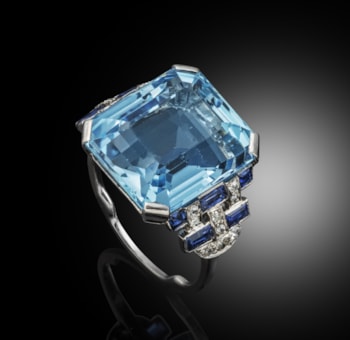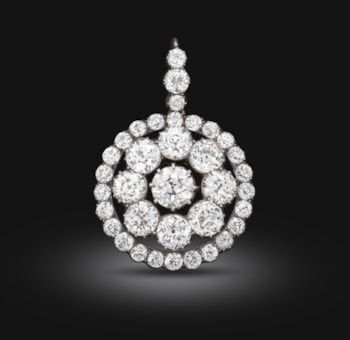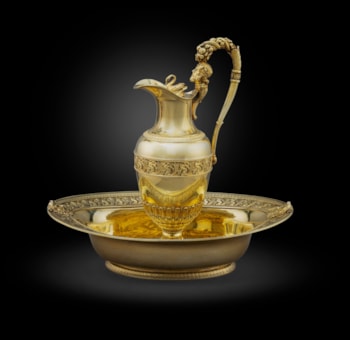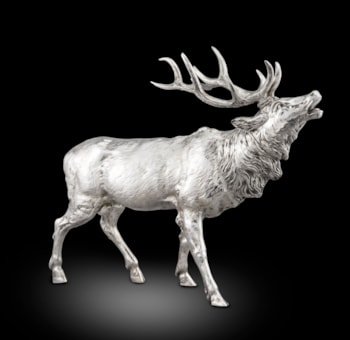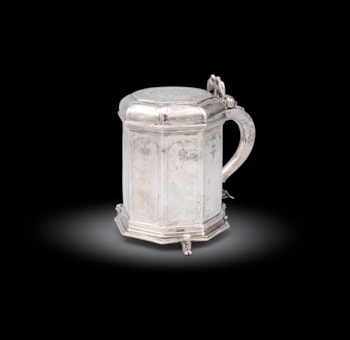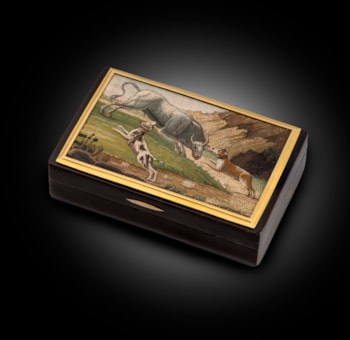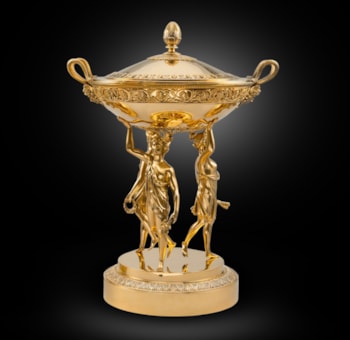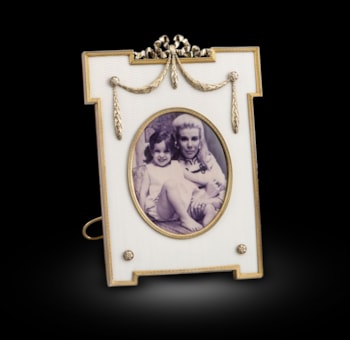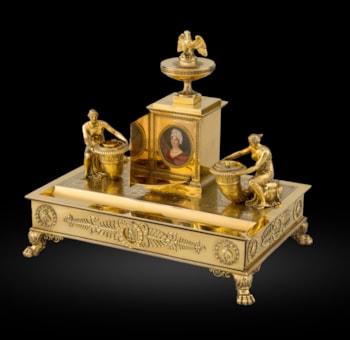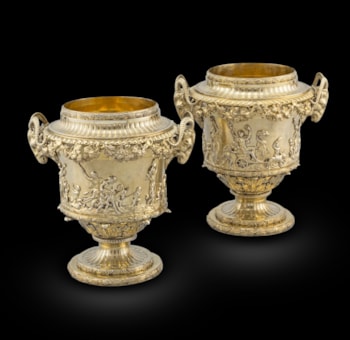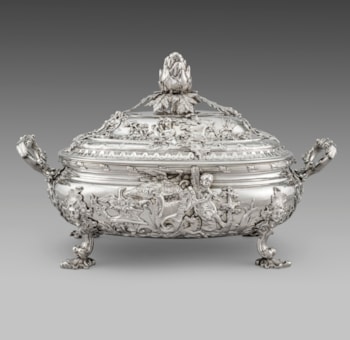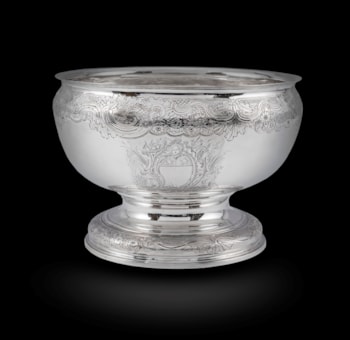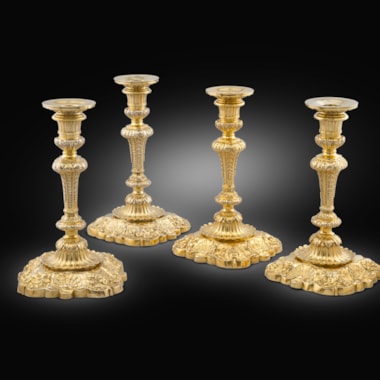James Naper Dutton, 1st Baron Sherborne (22 October 1744 – 22 May 1820), was a British peer.
Sherborne was the son of James Lenox Dutton (originally James Lenox Naper), of Sherborne, Gloucestershire, by his second wife Jane, daughter of Christopher Bond. He was educated at Eton College (1755–1762) and Christ Church, Oxford (1763).
He was appointed High Sheriff of Gloucestershire for 1779–80 and was elected Member of Parliament for Gloucestershire in 1780, a seat he held until 1784. The latter year he was raised to the peerage as Lord Sherborne, Baron of Sherborne, in the County of Gloucester.
In 1809 he became the major investor of the Gloucester and Cheltenham Railway Company, subscribing £10,000 of the £26,000 capital.

James Dutton, 1st Baron Sherborne (1744-1820) of Sherborne Park, by descent to,
Ralph Stawell Dutton, 8th Baron Sherborne (1898-1985), of Hinton Ampner House, Hampshire, then under the terms of the will of Edward Dutton, 4th Baron Sherborne (1813-1919) to his kinsman,
Michael John James George Robert Howard, 21st Earl of Suffolk and 14th Earl of Berkshire (1935-2022), then by descent.
Son of Robert Sharp of Newcastle on Tyne yeoman, apprenticed to Gawen Nash 4 February 1747 and turned over the same day to Thomas Gladwin Citizen and Merchant Taylor. Free 4 May 1757. First mark in partnership with Daniel Smith apparently entered by 1763 in the missing register. The firm appears as supplying plate to Parker and Wakelin in the latter' ledger for 1766. Address by 1770: Aldermanbury, when a second Robert Sharp (presumably a nephew), son of John Sharp, late of Newcastle upon Tynebrewer deceased, was apprenticed to his uncle. Livery, December 1771. Appears with Daniel Smith as plateworkers, Aldermanbury, in the Parl. Report list 1773. Second mark as plateworker, in parnership with Richard Carter and Daniel Smith, 9 December 1778. Address: 14 Westmoreland Buildings, Aldersgate Street. Third, fourth and fifth marks, in partnership with Smith only again, 7 February 1780, same address. This last mark has been ascribed previousy to Robert Salmon, spoonmaker, for whom there is no recorded mark in the existing registers. A curious characteristic of the marks of Smith and Sharp after the Carter partnership was over, and of Sharp alone in 1788, is that each shows at the top edge of the punch traces of the bottom of the initials of the former partner, apparently intentionally. It can scarcely be likely with all the work of the firm that the old punch was good enough cut down, and seems a whim to suggest the change of the firm's make-up. Robert Sharp died in 1803.
You May Also Like




